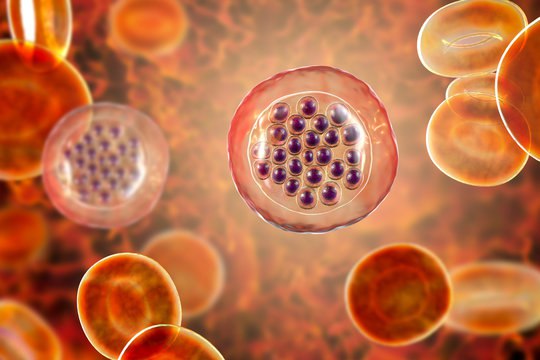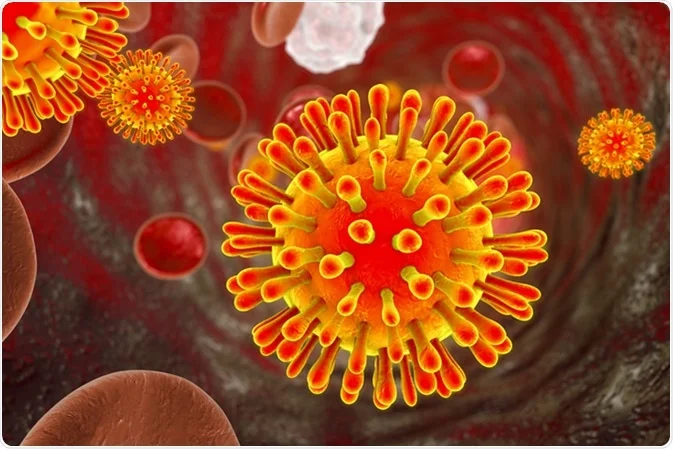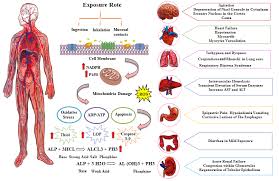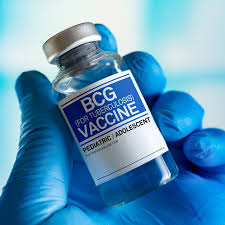
Biology of Plasmodium
During a bite by a plasmodium-infected anoph¬eles mosquito, invasive sporozoites, which have a tropism for the liver, are inoculated and infect hepatocytes. During this clinically silent, preerythrocytic liver stage, the parasite undergoes massive replication to generate merozoites, which enter the bloodstream and invade erythrocytes. These intraerythrocytic asexual-stage parasites can cause the classic clinical manifestations of malaria. A small percentage of intraerythrocytic parasites become gametocytes, which do not cause symptoms. Gametocytes that are ingested by an anopheles mosquito during a blood meal develop into sporozoites, and transmission is propagated by the mosquito during subsequent blood meals. Plasmodium parasites can also be spread through blood donations, shared contami¬nated needles and syringes, bone marrow and or¬gan transplantation, and in rare cases, congeni¬tally or during childbirth.
- vivax and P. ovale species have a prolonged dormant liver stage (the hypnozoite stage), and clinical symptoms may not occur until months or years after the initial infection. Despite the absence of a hypnozoite stage, P. malariae can cause symptoms months to years after expo¬sure. P. knowlesi is the primary agent of zoo¬notic malaria in humans, and locally acquired infections are limited to areas where humans live near the reservoir host (e.g., long-tailed and pig-tailed macaques). Other zoonotic plasmo¬dium species with simian host reservoirs, such as P. brasilianum, P. simium, and P. cynomolgi, can oc¬casionally infect humans and cause malaria.


